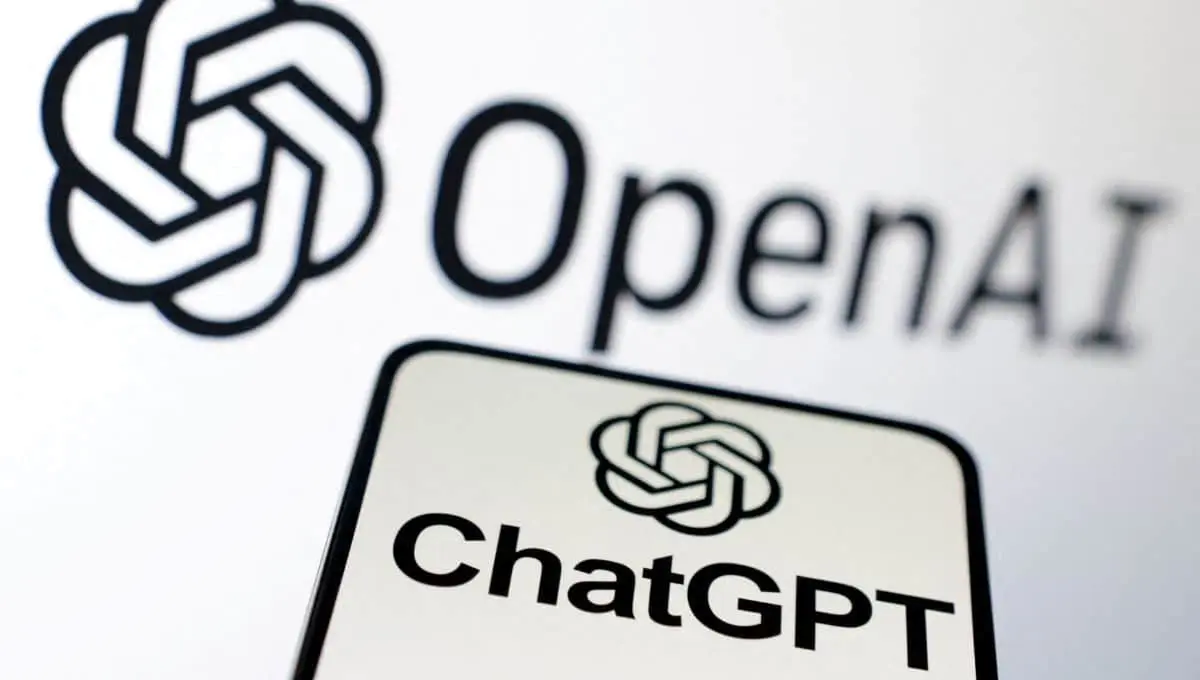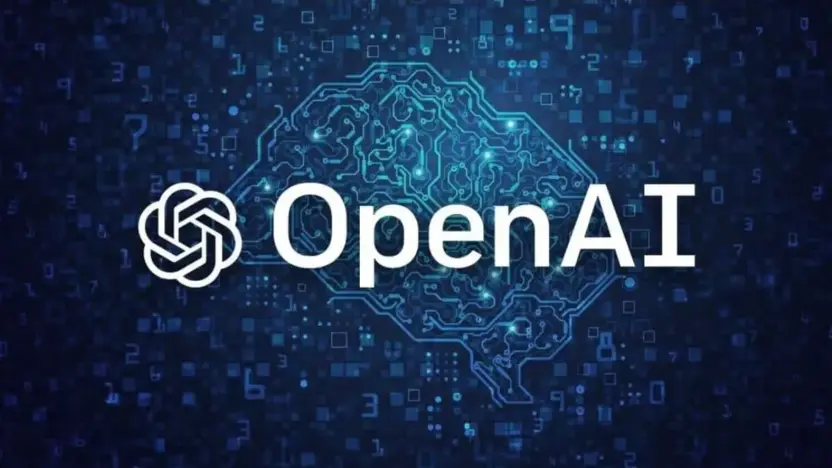OpenAI, established as a non-profit research company in December 2015, was founded with the ambitious goal of advancing digital intelligence in a way that can most benefit humanity. The founders, including prominent figures such as Elon Musk and Sam Altman, envisioned an organization that would lead the way in developing artificial intelligence safely and ethically. Over time, OpenAI transitioned into a capped-profit model, which allows it to attract capital for its intensive research while ensuring its overarching mission remains focused on public good rather than unrestricted profit-making. In today’s article “What is the Source of OpenAI’s Data?” we will be focusing more on Data Sources of OpenAI.
The Concept of Data in AI
For artificial intelligence, data acts as the foundational building block. It is the raw material from which AI models, particularly those based on machine learning and deep learning, derive their understanding, learning, and intelligence. These models, much like a human learning from experience, analyze and learn from data to make decisions, predictions, and generate insights. The quality, quantity, and variety of this data directly influence the performance, accuracy, and reliability of AI systems.
Types of Data in AI
- Structured Data: This includes data that is organized in a fixed format, often in tables or databases. It’s easily searchable and often includes numbers and values. Examples include spreadsheets, SQL databases, and CRM (Customer Relationship Management) data.
- Unstructured Data: The majority of data in the digital universe is unstructured. This encompasses all forms of data that do not fit into a database neatly, such as text, images, audio, and video. Social media posts, emails, and videos are examples of unstructured data.
- Semi-Structured Data: A hybrid form that contains both structured and unstructured elements. For instance, an email has structured data (like the sender, recipient, and time) and unstructured data (the body of the message).
- Textual Data: This includes any data that is in text form. It’s pivotal for natural language processing tasks, sentiment analysis, and chatbot training.
- Visual Data: Images and videos used for computer vision tasks. This data type is crucial for applications like facial recognition, autonomous vehicles, and image generation.
Data Quality and Quantity: Implications for AI
- Volume of Data: The more data an AI system can access, the more it learns and the more accurate it becomes. This is particularly true for deep learning models, which require large volumes of data to discern patterns and make informed decisions.
- Diversity of Data: The diversity in data ensures that the AI system is not biased towards one particular type or subset of data. This is essential for the model to be universally applicable and fair.
- Quality of Data: High-quality data is critical. This means the data must be accurate, complete, and relevant. Poor quality data can lead to incorrect conclusions and predictions by the AI system.
AI (Data Sources)
Data for AI can come from various sources, such as online repositories, organizational data, user-generated content, sensors, and IoT devices. The choice of data sources depends on the AI application and the problem it aims to solve.

Sources of OpenAI’s Data
Publicly Available Data
- Web Content: OpenAI uses vast amounts of data available on the internet. This includes text from websites, books, newspapers, and other publicly accessible written materials. For example, GPT models are trained on a diverse range of internet text.
- Open Source Datasets: There are numerous open-source datasets available for use in AI research. These datasets, which span various fields like language, vision, and sound, provide a foundational base for training AI models.
Collaborations and Partnerships
- Academic and Research Institutions: OpenAI often collaborates with universities and research organizations. These collaborations can provide access to unique datasets, especially in specialized fields.
- Corporate Partnerships: Partnerships with corporations can offer access to proprietary datasets that are not publicly available. These datasets can be crucial for training models in specific domains.
User-Generated Data
- Interactions with OpenAI Products: When users interact with OpenAI products like chatbots or image generators, their inputs can be used to further train and refine AI models. This real-time data is invaluable in making the models more accurate and contextually aware.
- Feedback and Corrections: User feedback, corrections, and interactions are a vital source of data, helping to identify gaps or biases in the models and improve them.
Licensed Data
- Purchasing Data: OpenAI may license data from data providers. These datasets are often comprehensive and can help in training more robust models.
- Data Aggregators: Data from aggregators, who compile information from various sources, can also be a valuable resource.
Synthetic Data Generation
- Creating Data: In some cases, OpenAI generates its synthetic data, particularly when real-world data is scarce or when training models for specific, niche tasks. This can involve simulations or artificially created datasets that mimic real-world data.
Crowdsourcing
- Public Contributions: For some projects, OpenAI might rely on crowdsourced data, where individuals contribute data voluntarily. This method is particularly useful for gathering diverse, real-world data samples.
Internet of Things (IoT) and Sensors
- Sensor Data: For projects involving physical environments or robotics, data from sensors and IoT devices can be crucial. This includes environmental data, motion data, and more.
Conclusion
The sources of OpenAI’s data are diverse and extensive, ranging from publicly available content to specialized datasets obtained through partnerships. This variety is crucial in developing well-rounded, effective AI models.
Also Read: How CGI and Special Effects are Redefining the Movie Experience



